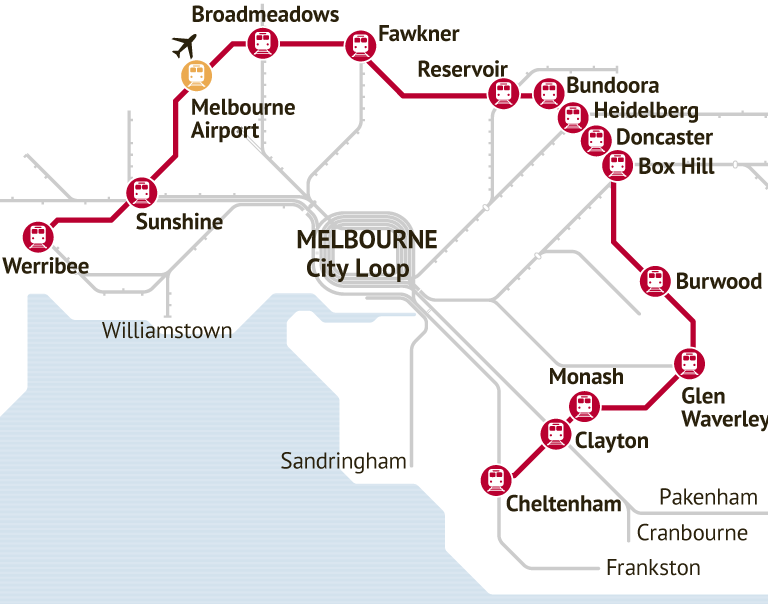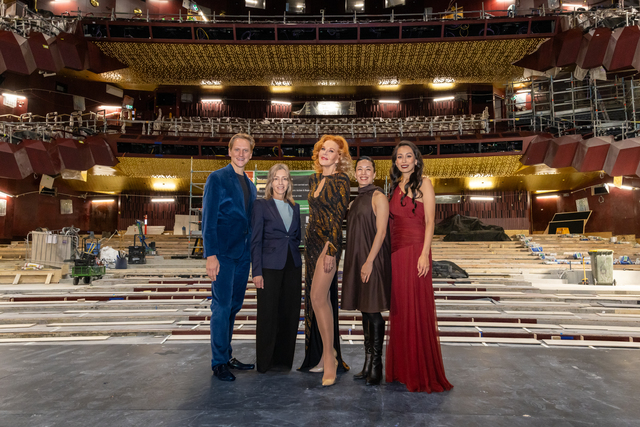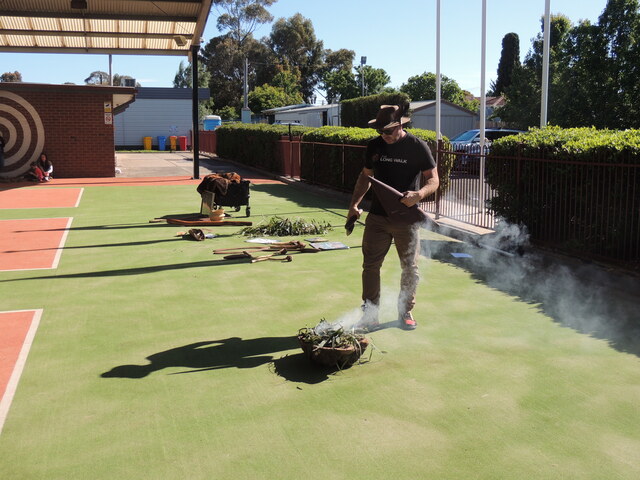Plans to build a $50 billion Suburban Rail Loop won’t alleviate the west’s transport woes, according to a transport advocacy group.
A 90-kilometre underground rail track to connect Frankston to Werribee and provide a direct rail link to Melbourne Airport was unveiled by the state government last week.
The landmark project would connect most of the middle suburbs in the south-east and east, including universities and TAFES.
But commuters in the west will only have the option of boarding the train from Werribee or Sunshine – more than 30 kilometres apart.
Advocacy group Western Transport Alliance is urging the state government to reconsider the lack of loop connections in the west and to focus on improving the region’s immediate public transport woes, including bus and train services.
Alliance chairman Jonathan Marsden said electrifying the railway line between Melton and Deer Park needed to be a much higher priority for the state government.
“At present, only three per cent of people working in the west use public transport to get to work, and a quarter of the west’s population have no walking-distance access to public transport at all.
“Investment in a high-quality bus network for the west, including better co-ordination of existing services, would help to address these challenges within five years, rather than waiting 30 years for a public transport option to get around our region.”
The electrification of the Ballarat railway line between Deer Park and Melton should be much more of a priority, he said.
Premier Daniel Andrews said the Suburban Rail Loop would slash travel times and get people to their destinations faster than the road network.
“This project will change the way people think about their lives and the future – opening up jobs, study and opportunities that simply aren’t an option because it’s too hard to get across town,” he said.
“It will save people time, money and hassle, and better connect Victorians to work, education and each other.”







